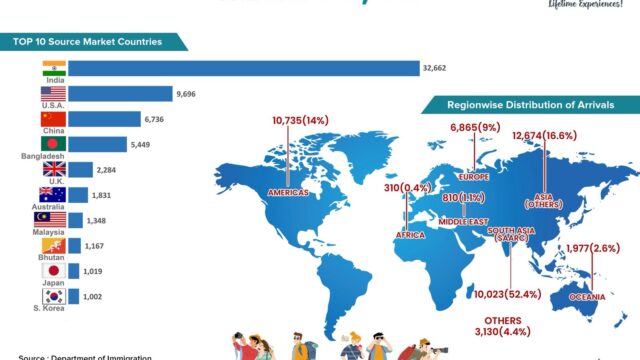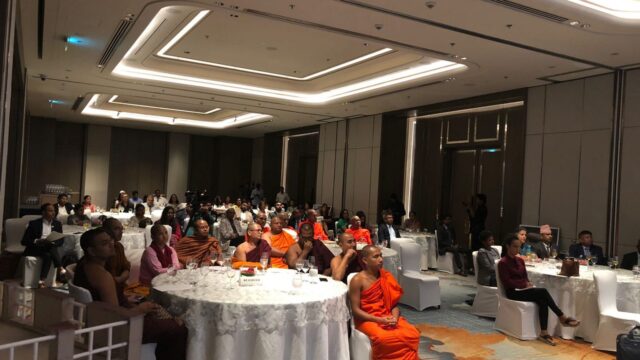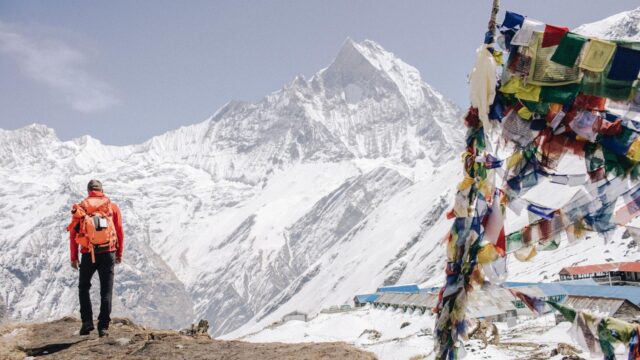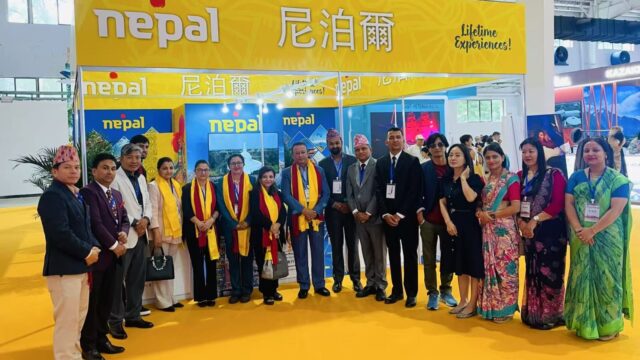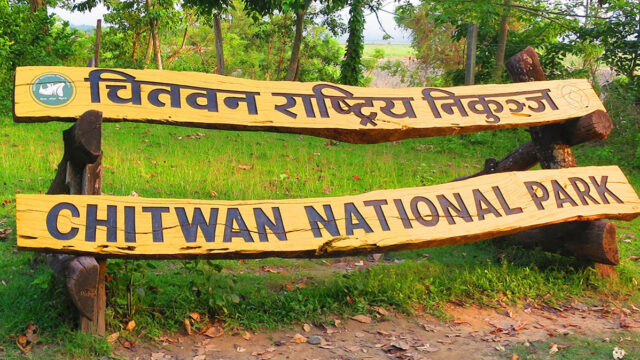A newly constructed trekking trail has been completed at the famous tourist destination Hampal Lake, located in Jaljala Rural Municipality-6 of Parbat district. This significant development is expected to boost tourism in the region by providing improved facilities and access to both domestic and international visitors.
The trail, extending nearly three kilometers in length, has been developed with financial assistance from the Gandaki Province Government, which allocated a budget of NPR 3 million (30 lakh rupees) for the project. The newly constructed trail not only aims to offer convenience and safety for trekkers and pilgrims but also enhances the scenic trekking experience around Hampal Lake a place known for its natural beauty, panoramic mountain views, and tranquil environment.
Hampal Lake has long been a hidden gem in the hills of Parbat, attracting nature lovers, hikers, and spiritual seekers alike. However, limited infrastructure had previously hindered its potential as a major tourism hotspot. With the construction of the new trekking path, the area is now better equipped to accommodate an increasing number of tourists, especially during peak travel seasons.
Local authorities and tourism entrepreneurs have welcomed this initiative, stating that it will not only uplift tourism but also contribute to the local economy by creating opportunities for homestays, local guides, and small businesses. The scenic trail is expected to draw eco-tourists and adventure enthusiasts seeking serene mountain landscapes and immersive cultural experiences.
Moreover, the Gandaki Province Government’s investment in this project reflects a broader commitment to developing rural tourism infrastructure, promoting sustainable tourism, and decentralizing the flow of tourists from overly crowded destinations to unexplored yet beautiful regions like Jaljala in Parbat.
As the trail officially opens for trekkers, tourism officials are optimistic that Hampal Lake will soon emerge as a favored trekking destination in western Nepal, contributing positively to the region’s socio-economic development and cultural preservation.

